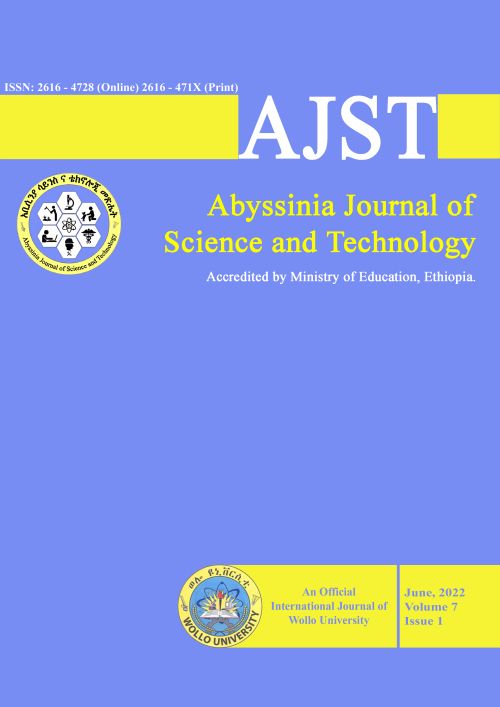Main Article Content
The effects of nitrogen rates on yield, and yield components of improved sorghum varieties in the lower watersheds of Habru District, Northern Ethiopia
Abstract
Nitrogen is the most limiting nutrient for the growth and development of sorghum; as in most Ethiopia soils, the soils of the study areas are deficient in nitrogen because of over cultivation of the land. Hence, this research was designed to study the effects of nitrogen rates on yield and yield components of improved sorghum varieties in the three lower watersheds of Habru district, northern Ethiopia. Factorial combinations of nitrogen rates (0, 46, 69, 92, and 115kg N ha-1) and two sorghum varieties (Melkam and Girana 1) were arranged in a randomized complete block design with three replications. The experiment was conducted in three watersheds for two years. The analysis of variance showed that all the combined seasons and locations for the growth, yield, and yield-related traits of sorghum parameters were significantly (p<0.05) affected by the interaction of nitrogen rates and varieties except plant height which was significantly affected by the main effects of nitrogen and varieties only. Almost all the yield and yield-related parameters had shown a significant increase up to the rate of 92 kg N ha-1. The partial budget analysis showed that the treatment combination of Melkam with 92 kg N ha-1 gave the highest marginal rate of return of 4321% followed by Melkam with 69 kg N ha-1. Applying nitrogen to sorghum increased its productivity. Thus, the application maximizes yield of Melkam variety resulted in maximum profit and can be recommended for the study area.







